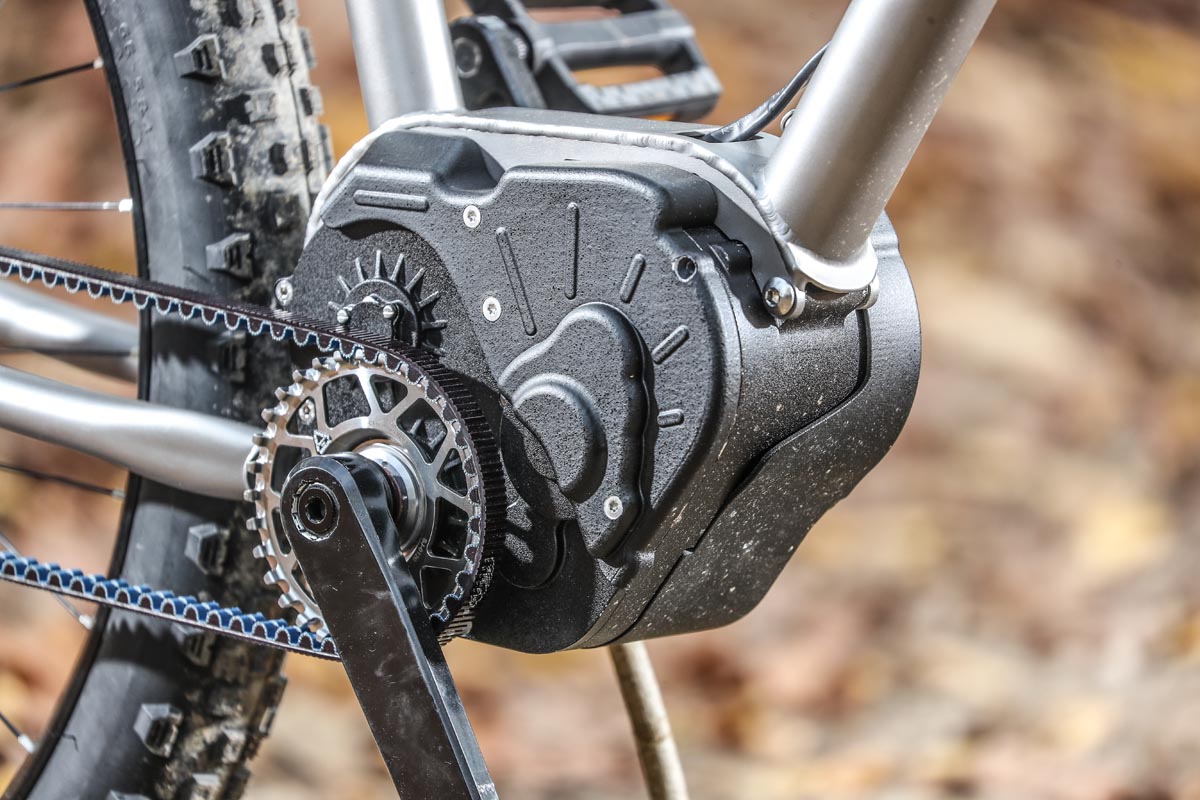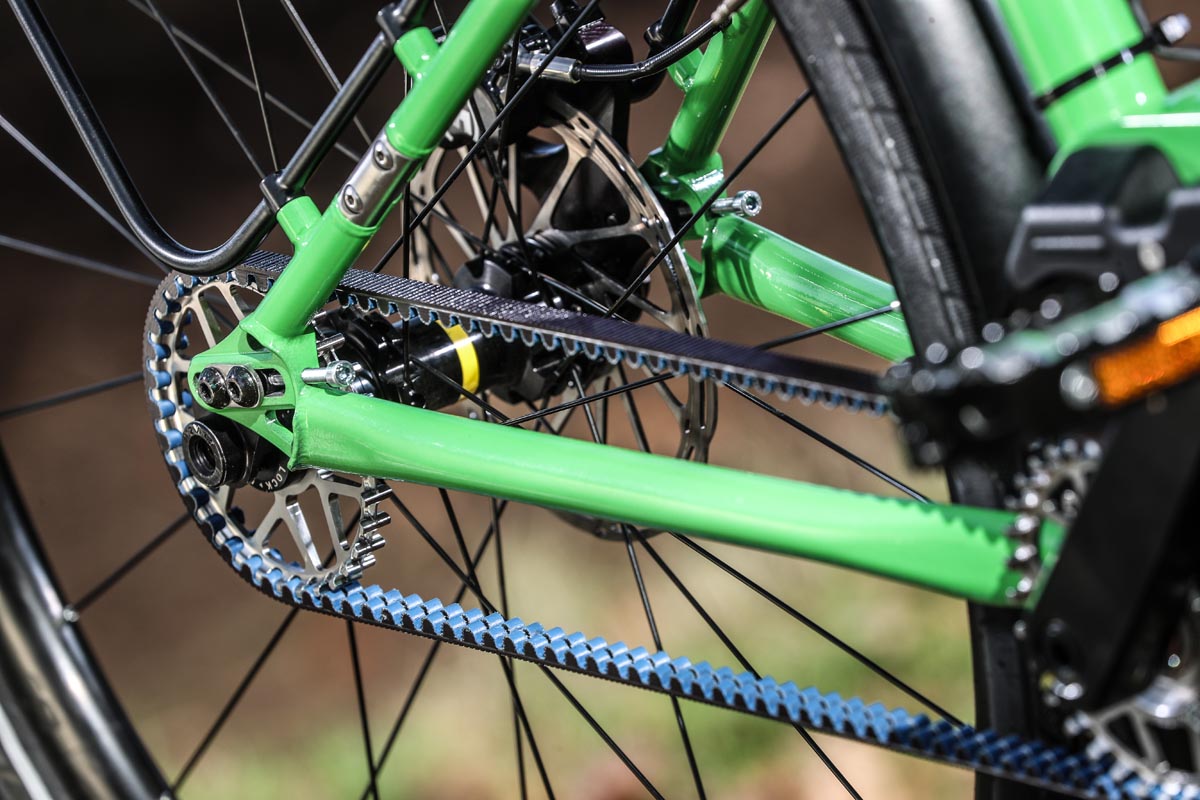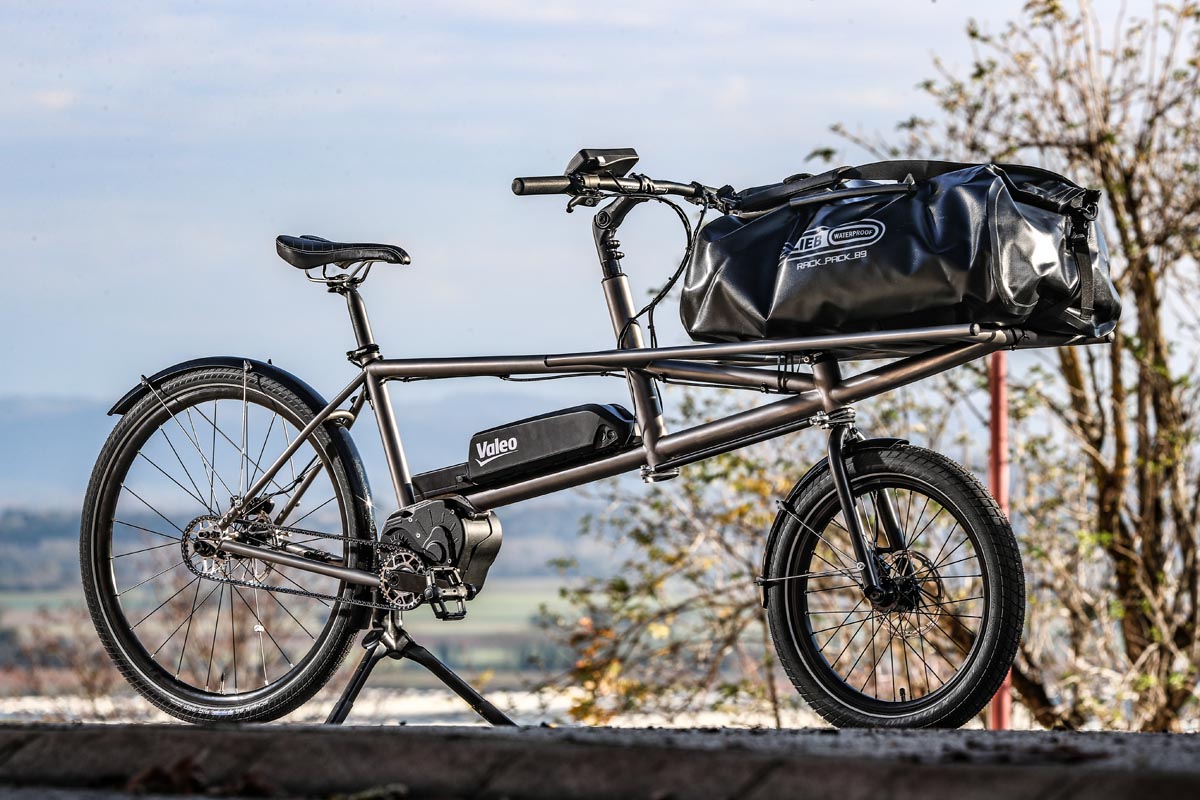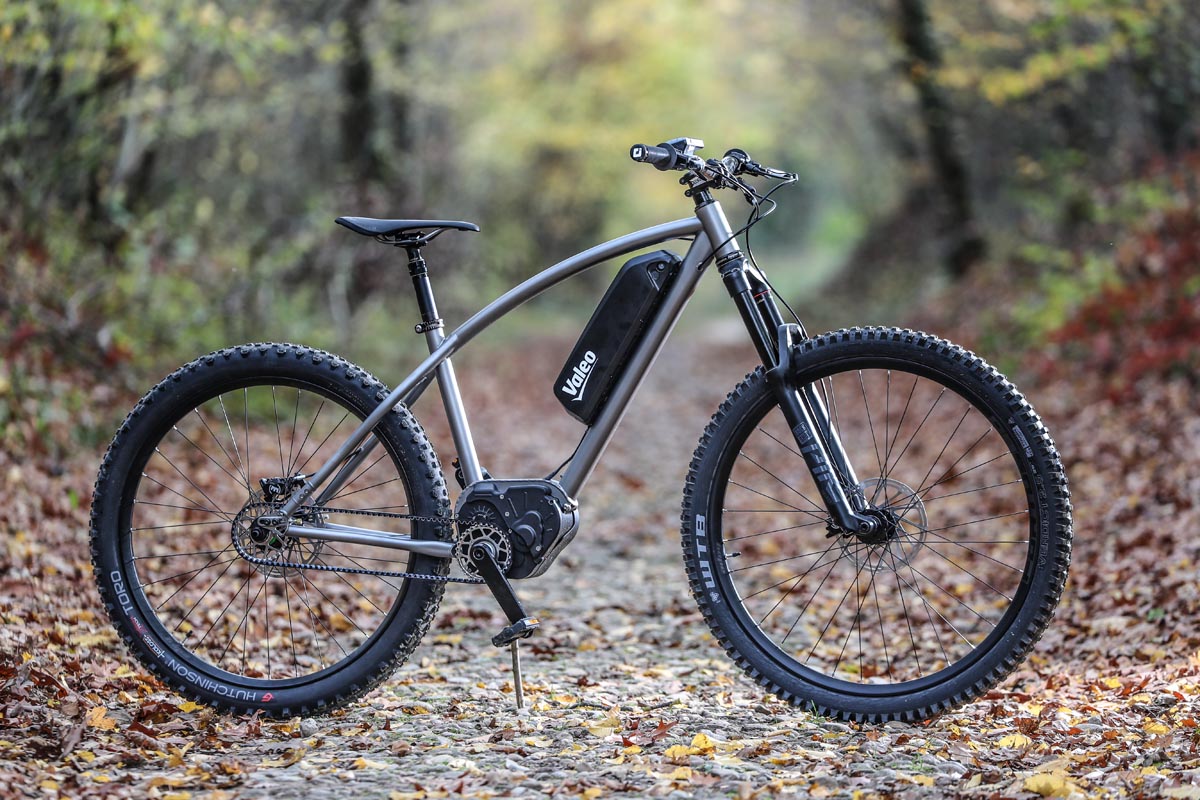Valeo? Don’t worry if you haven’t heard the name before. That’s because they’re new to the bike world. But for years now the French company has been focused on “zero-emissions mobility.” Until now, that innovation has been limited to “electric small-city vehicles, electric motorcycles and scooters, and last-mile autonomous delivery droids.” Seeing the writing on the wall for the exploding future of the electric bicycle, Valeo just introduced their first e-bike drivetrain concept – which combines the motor and transmission into one unit.
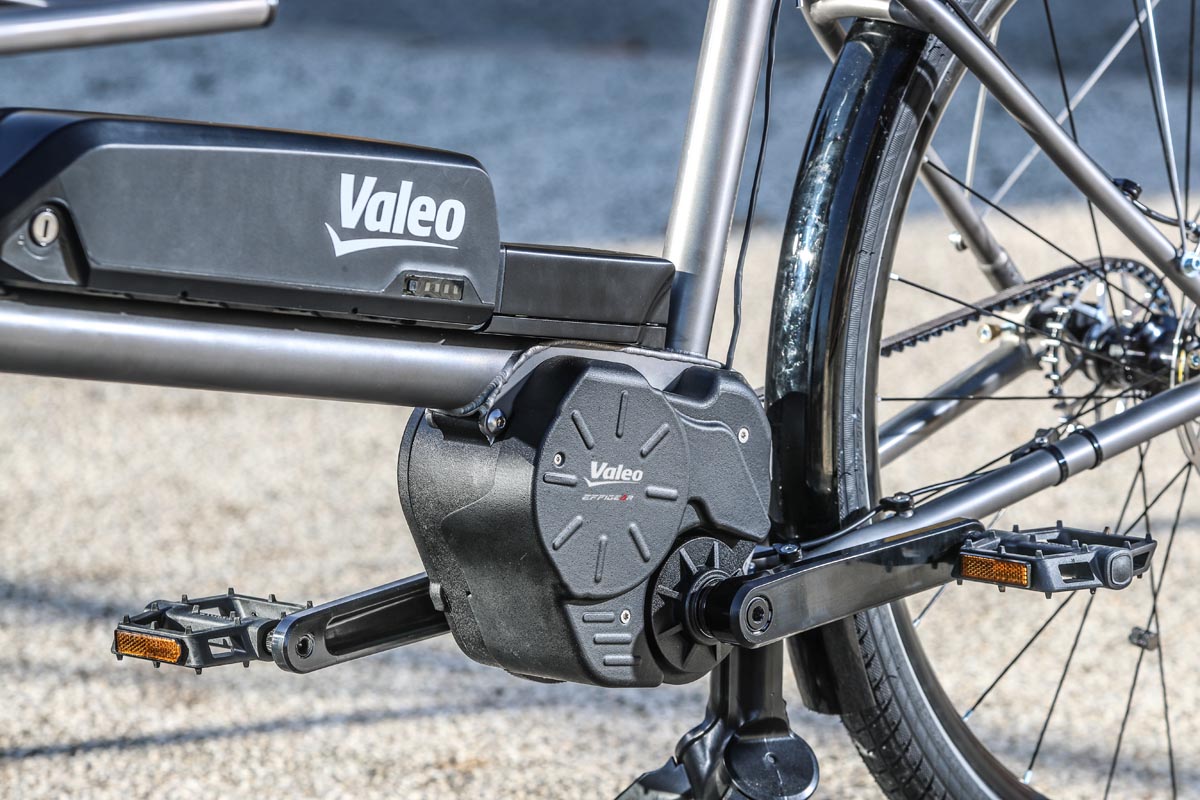
In a partnership with Effigear (that wild gear box system we checked out at Sea Otter 2014), the Valeo Smart E-Bike System claims to be the first system to include the motor and an adaptive automatic transmission into one unit.
We’ve seen e-bikes that offer automatic shifting before, but they rely on a special rear hub or additional electronics to control a traditional drivetrain. The Valeo system would eliminate most of the usual parts behind the motor, allowing for the use of a single speed belt drive system for ultimate durability (no more broken chains) and ease of maintenance.
You also gain a 7 speed automatic drivetrain combined with a massive 130Nm of torque from the motor. Valeo says this is able to multiply the cyclist’s effort 8x, which could make e-cargo bikes even more capable or easy to ride around town fully loaded.
Relying on their 48V electric motor, Valeo claims these are more efficient than competing 24V or 36V motors. Additionally, the system includes an anti-theft function that will prevent the bike from being rideable.
Oh, and their cargo bike system includes a reverse function. That indicates the freewheel is in motor assembly, which would mean the rear hub is fixed.
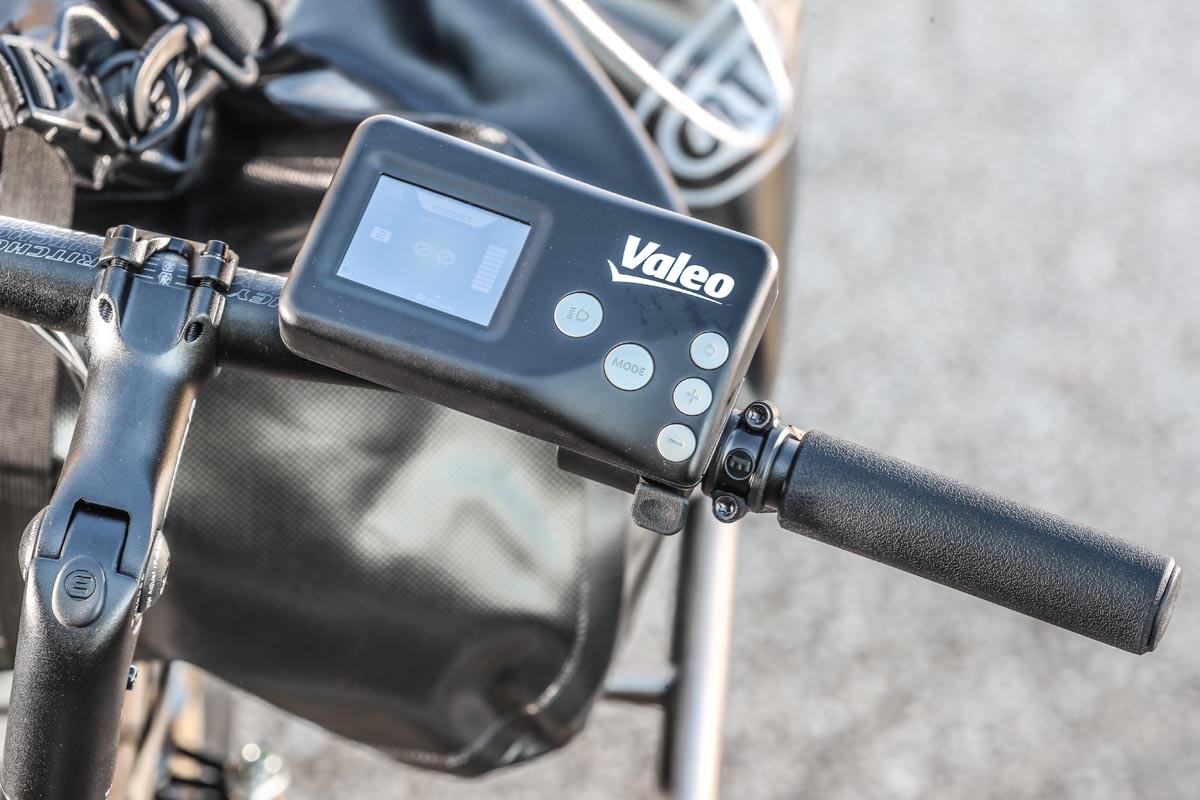
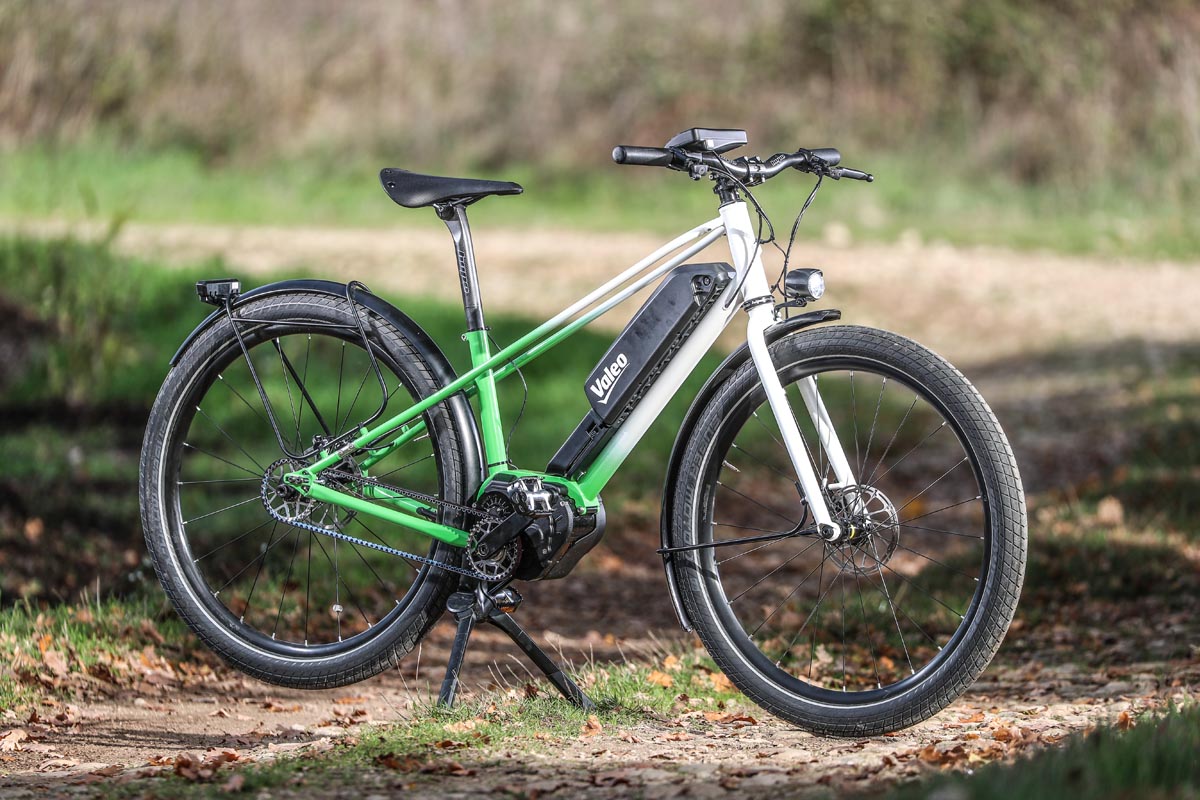
So where can you buy one? Well, for now, the Smart e-Bike System is limited to the prototypes shown above. Built as proofs of concept by Valeo, it seems that the goal is to get other bike manufacturers on board since the motor design will require its own mount. But given Valeo’s manufacturing abilities, and the promise of the system, it seems like we’ll see this in production sooner, rather than later.
